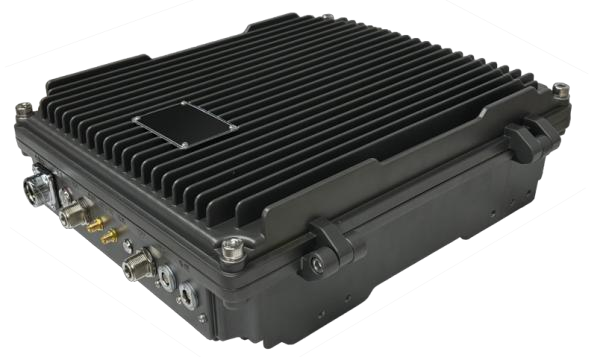MESH Networking Module Selection Guide: From Dismounted Soldiers to UAV Applications
In an era where mobility, flexibility, and real-time situational awareness are paramount, MESH networking technology has emerged as the backbone of next-generation communication systems. From individual soldiers in tactical missions to coordinated UAV fleets operating in remote areas, MESH self-organizing networks provide reliable, decentralized communication in environments where traditional infrastructure is unavailable, damaged, or impractical.
Selecting the right MESH networking module is critical to ensuring performance, reliability, and mission success. This article explores how to select MESH modules tailored to specific application demands—from dismounted infantry to aerial unmanned systems—while highlighting key technical considerations and deployment scenarios.
Understanding MESH Networking Modules
A MESH networking module is a compact, embedded communication unit that enables nodes (devices) to self-discover, connect, and relay data among each other. These modules form the core of decentralized wireless networks and are designed for integration into various platforms such as soldier radios, UAVs, robots, vehicles, or portable stations.
Unlike point-to-point systems, MESH modules enable multi-hop, self-healing, and dynamic routing, ensuring uninterrupted data flow even if nodes move, drop out, or face interference.

Key Selection Criteria for MESH Modules
1. Frequency Band
2.4 GHz & 5.8 GHz: Common in civilian and light-duty systems, these bands are suitable for moderate-range, high-throughput applications.
UHF (400–900 MHz): Offers superior penetration and range, ideal for military, underground, or urban environments.
Custom military-grade bands (e.g., 1.4 GHz, 1.2 GHz): Used in sensitive operations requiring secure, anti-jamming performance.
2. Data Throughput & Latency
High-definition video streaming (e.g., UAV surveillance) requires modules with 5 Mbps or above throughput and latency under 100ms.
For telemetry or command-control applications, lower bandwidth but ultra-low latency is critical.
3. Transmission Range
Short-range (500m–1km): Suitable for indoor robotics or confined area coverage.
Mid-range (2–5km): Ideal for mobile teams or semi-autonomous missions.
Long-range (10–50km): Required for high-altitude UAVs, border patrol, or remote mining.
4. Power Consumption & Size
For battery-powered systems like drones and soldier kits, low-power modules with compact size are preferred.
Modules with intelligent sleep/wake functionality can conserve energy during idle periods.
5. Network Capacity
Ensure the module supports enough simultaneous nodes for your application.
For squad-based systems: 10–30 nodes.
For UAV swarms or large field deployments: 50+ nodes with dynamic topology updates.
6. Security Features
AES-128/256 encryption, dynamic key exchange, and device authentication are essential for military, law enforcement, or sensitive industrial applications.
7. Environmental Ruggedness
Military or field-deployed modules should offer:
IP65–IP67 protection
Shock and vibration resistance
Operating temperatures of -40°C to +70°C or higher
Application-Based Module Selection Scenarios
1. Dismounted Soldier Systems
Soldiers in urban or battlefield environments need lightweight, secure, and fast-connecting modules integrated into radios, helmets, or wearables. The ideal module should:
Operate in UHF or military bands
Offer up to 2–3 km range
Support low-latency, voice + data integration
Provide secure mesh connectivity even under signal interference
2. Tactical Vehicles
Mounted units require high-bandwidth and long-range MESH systems for coordination, video streaming, and relay. Recommended features:
Extended range (5–20 km)
High power output (1W+)
Multi-antenna MIMO design for enhanced throughput
Ability to function as mobile relay nodes for other units
3. UAV (Unmanned Aerial Vehicle) Communication
UAVs demand modules that are lightweight, power-efficient, and capable of transmitting HD video over distance.
Lightweight form factor (<150g)
AES encrypted video + telemetry transmission
Range: 10–30 km LOS (line-of-sight)
Airborne-to-ground and swarm-to-swarm connectivity
4. Industrial Robots / AGVs
In smart factories or hazardous environments, autonomous vehicles need real-time data sharing and coordination.
Short-range mesh (up to 500m)
Low latency (<50ms)
Seamless handover between mobile nodes
EMC-compliant modules for electromagnetic compatibility
5. Emergency Response Teams
For temporary deployment in disaster zones or blackouts:
Portable modules with built-in batteries
Fast deployment auto-networking features
Built-in GPS + compass for geo-tagged communications
Compatibility with mobile command terminals
Deployment Considerations
Antenna Matching: Choose the right antenna (directional, omnidirectional, high-gain) to maximize performance.
Integration Interface: Ensure compatibility with your host platform—modules should support UART, SPI, or Ethernet interfaces.
Firmware & Update Support: Remote OTA (over-the-air) firmware updates allow systems to evolve in the field.
Management Software: A web-based or PC interface for visualizing mesh topology and performance is a significant advantage.
Conclusion: One Network, Many Missions
The diversity of mission environments—from combat zones to disaster sites and UAV corridors—demands MESH networking modules that are specialized yet versatile. By evaluating key criteria like range, power, form factor, and environmental performance, users can deploy reliable MESH solutions tailored to their operational needs.
Choosing the right module is not just about specs—it's about ensuring that your communication backbone remains resilient, secure, and responsive under any condition.
About TuQian Wireless
TuQian Wireless is a leading provider of advanced MESH networking and wireless communication solutions tailored for mission-critical operations. With a robust R&D foundation, TuQian delivers high-performance modules designed for dismounted soldiers, vehicles, drones, and mobile command centers.
TuQian’s featured solutions include:
Tactical-grade single-soldier MESH modules
UAV-compatible HD transmission modules with long-range coverage
Vehicle-mounted MESH relay systems
2.4G fiberglass omnidirectional antennas for multi-environment use
100AH solar-powered mobile power stations for off-grid operations
With proven deployments in defense, energy, emergency response, and industrial sectors, TuQian Wireless ensures that your communications stay online when it matters most.
-
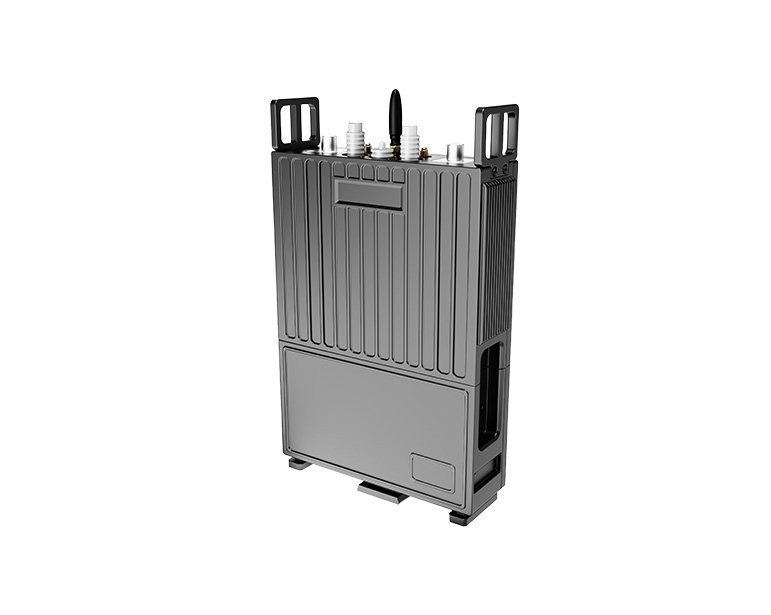 2025-10-30
2025-10-30 -
IP Mesh Radios: The Future of Tactical Wireless Networking
2025-10-27 -
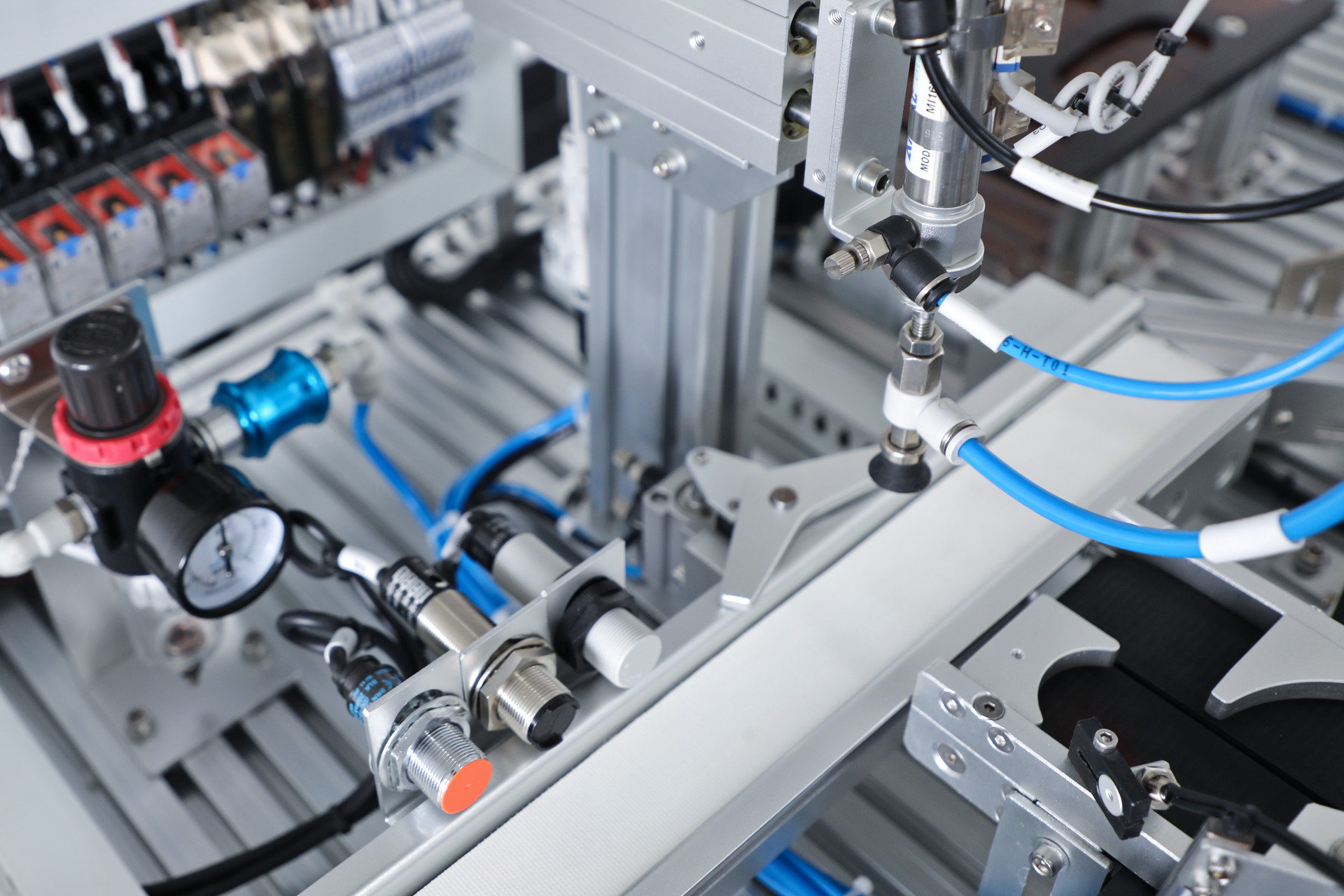
What Is Wireless Data Transmission and How Does It Work?
2025-09-26 -
What are the Applications of Ad Hoc Wireless Network?
2025-09-11 -
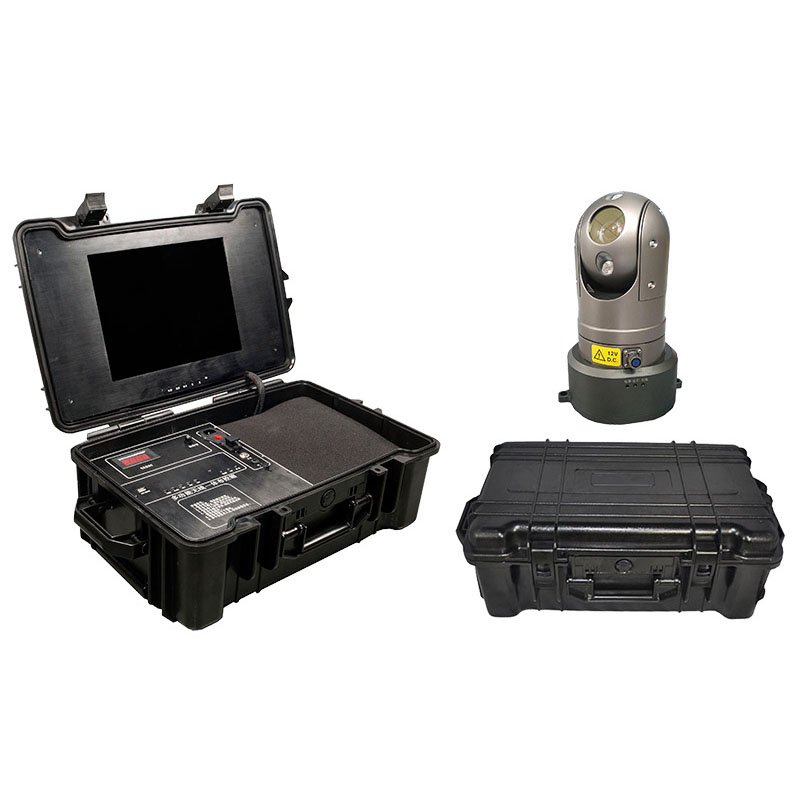
What Are Point to Point Wireless Bridges Often Used For?
2025-09-05 -
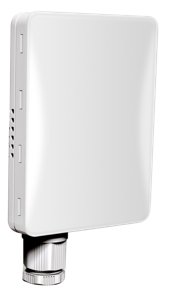
What Is a Point to Point Wireless Bridge Connection?
2025-08-07 -

What Is the Difference Between a Wireless Network and an Ad Hoc Network?
2025-07-16








